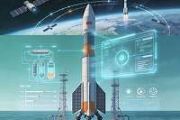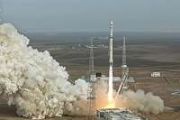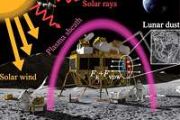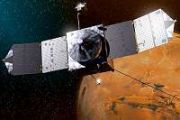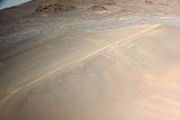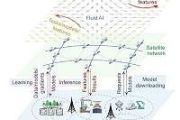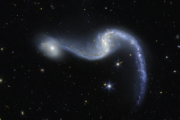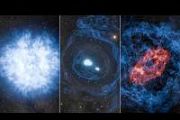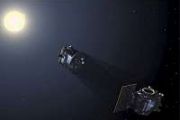
Copernical Team
Finding star clusters in the Lost Galaxy
 Image:
Finding star clusters in the Lost Galaxy
Image:
Finding star clusters in the Lost Galaxy Follow CM25 online

The European Space Agency's Ministerial Council – more formally Council at Ministerial level – takes place in Bremen, Germany on 26 and 27 November 2025.
The epic adventures of BepiColombo - Part 2: It’s a long way to Mercury
 Video:
00:05:30
Video:
00:05:30
Bepi, Mio and MTM’s adventures continue! What have they achieved on their extraordinary journey to Mercury, planet of extremes and mysteries?
They haven’t been bored, that’s for sure. They snapped cool photos and collected real science data as they flew past Earth, Venus and Mercury – each planet is unique! After witnessing Venus’s blinding heat, flying through Mercury’s freezing shadow, and braving strong winds and radiation coming from the Sun, the trio know they are ready for anything.
In November 2026, the spacecraft will arrive at Mercury to stay. Bepi and Mio will orbit around the little planet to
Marking one year until BepiColombo reaches Mercury

The ESA/JAXA BepiColombo mission has been cruising towards Mercury since October 2018. With just one year to go until it arrives at its destination, what has the mission achieved so far? And what can we expect from its two spacecraft after they enter orbit around the Solar System’s smallest and least-explored rocky planet?
'Worms in space' experiment aims to investigate the biological effects of spaceflight
Verifying that you are not a bot
Moss spores survive 9 months outside International Space Station
Verifying that you are not a bot
Comet sparks scientific fascination, online furor over 'alien' origins
Verifying that you are not a bot
Eumetsat takes control of Sentinel-6B

Eumetsat takes control of Sentinel-6B
ESA awards excellent suppliers

The European Space Agency (ESA) brings public and ESA-wide recognition of the outstanding performance of European companies working in the frame of ESA programmes and projects.
NASA releases detailed images of rare interstellar comet passing through solar system (Updated)
Verifying that you are not a bot

